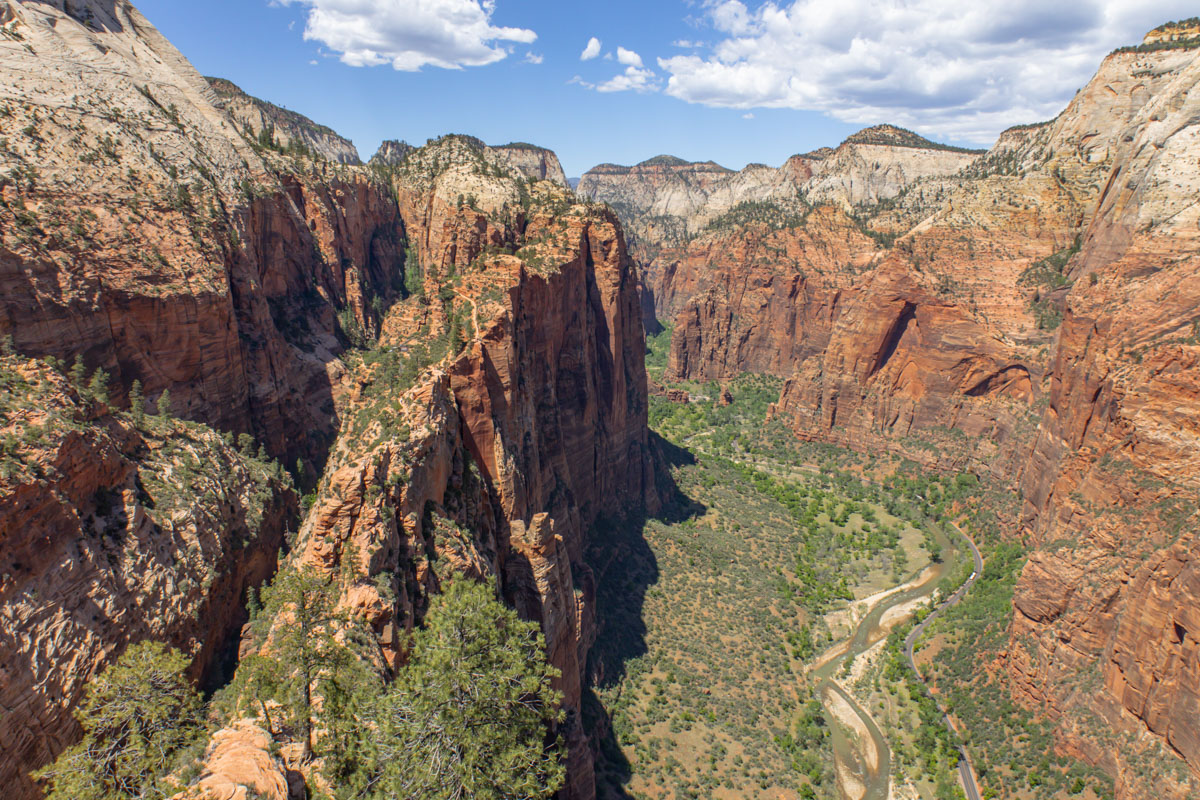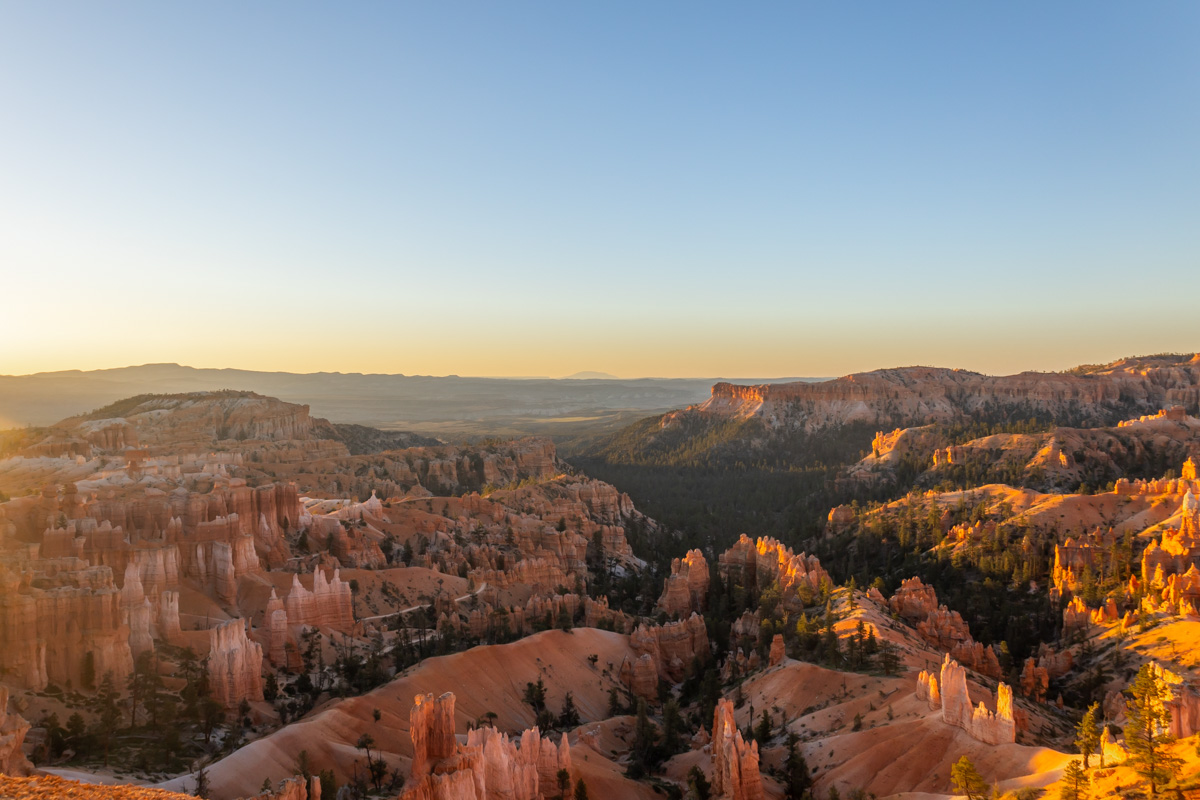Utah makes for a dream destination, and with these 10 expert tips for solo hiking in Utah’s national parks, you’ll confidently navigate these stunning landscapes. Filled with dramatic red rock formations, scenic trails, and expansive desert views it really is the perfect place for hiking. However, solo hiking in Utah’s rugged terrain requires careful preparation and expert advice to ensure your safety.
Whether you’re a beginner or seasoned hiker, this guide shares tips to help you make the most of your adventure.
This post may contain affiliate links. Your purchase through these links supports me with a commission, at no added expense to you.
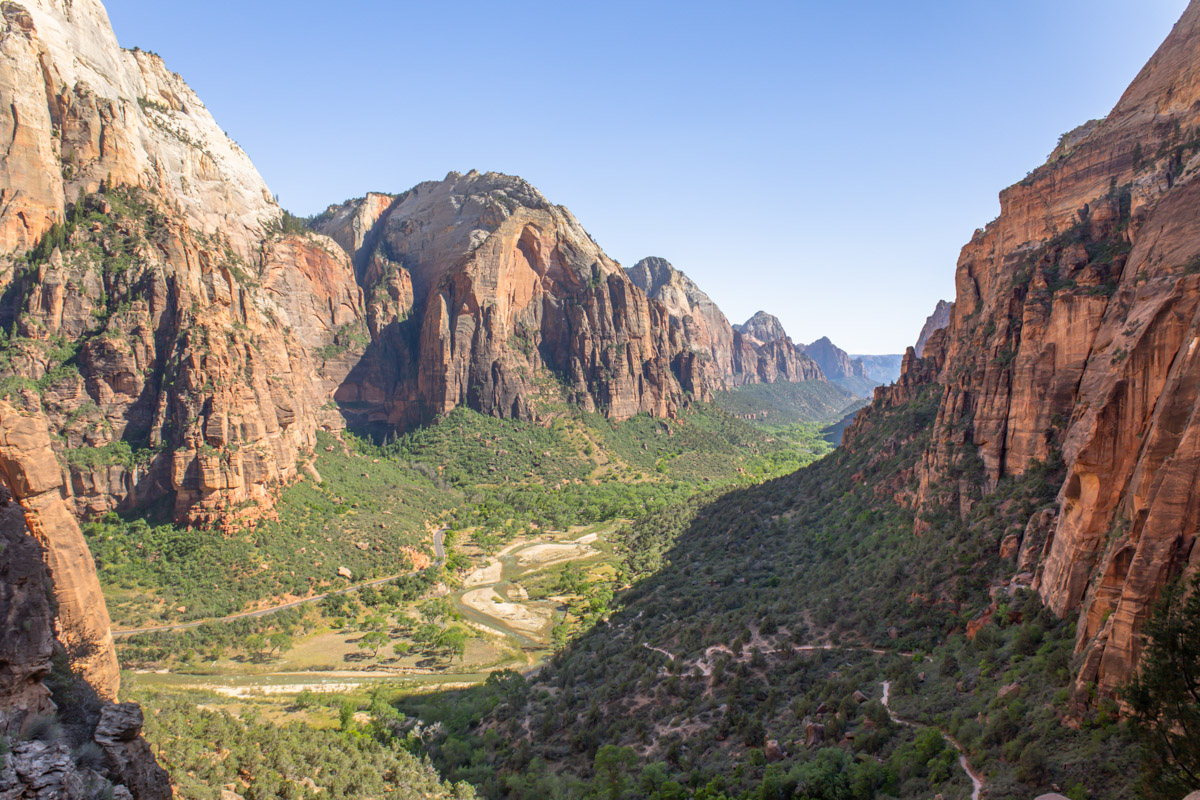
- PACK FOR THE RIGHT CONDITIONS AND CLIMATE
- TRAIL CONDITIONS AND WEATHER CHECK
- STAY CONNECTED
- TRUST YOUR INSTINCTS
- CREATE FLEXIBILITY
- BE PREPARED FOR THE UNEXPECTED
- BE PREPARED FOR SOLO DRIVING AND TRAVELING LONG DISTANCES
- PACK PORTABLE ESSENTIALS
- INVEST IN A RELIABLE VEHICLE
- TAKE TIME TO ENJOY THE MOMENT
- SUMMARY
PACK FOR THE RIGHT CONDITIONS AND CLIMATE
Packing for Utah’s desert climate requires careful forethought. I visited in May when the weather was relatively stable, so while I was well-prepared, I didn’t need to account for extreme temperatures like I would during the colder or hotter months. Here are a few key things to consider when packing:
- Sun Protection: Utah’s high elevation and climate mean the sun is intense, even in cooler months. Pack sunscreen, a hat, and polarised sunglasses to protect yourself from UV rays. Sun protection is critical, especially in high-elevation areas like Utah’s national parks.
- Water and Food: It’s obvious but critical. Depending on the length of your hike and elevation, make sure you are prepared with water and either snacks or meals to get you through.
- Layered Clothing: The desert’s temperature can swing dramatically between day and night. Pack moisture-wicking layers for the daytime heat and a lightweight insulated jacket for cooler nights. The North Face offers some of the best options for lightweight, packable jackets.
- Proper Footwear: Ensure you have sturdy, broken-in hiking boots or trail shoes. The rugged terrain in parks like Zion and Arches can be unforgiving. Hiking shoes with good grip, like the Hoka One Womens Challenger Trainers, will help you navigate both rocky trails and slippery sandstone.
- First Aid Kit: Even experienced hikers should carry a basic first aid kit. Include bandages, antiseptic wipes, tweezers, blister pads, and pain relievers. It’s better to be over-prepared than underprepared.
According to Backpacker Magazine, packing for diverse weather conditions in Utah is crucial to a safe and enjoyable hike. These essential items will ensure you’re ready for whatever the environment throws at you.
TRAIL CONDITIONS AND WEATHER CHECK
Before hitting the trail, always check for updated trail conditions and weather forecasts. This is one of the 10 expert tips for solo hiking in Utah’s national parks that can make or break your hike. One of the best places to find reliable information is the National Park Service website, which provides real-time alerts for trail closures, weather warnings, and other important updates. Trail conditions can change rapidly, especially after heavy rains, so having the latest information is crucial.
STAY CONNECTED
Staying connected is not only a matter of convenience but also of safety. As you may be hiking in areas without cell service, having a backup communication plan is essential. Here is one of the 10 expert tips for solo hiking in Utah’s national parks that helped me feel safe:
- Google Maps Offline: Download the area you’ll be hiking on Google Maps before you leave. This way, you can navigate even in areas without cell service.
- Satellite Messenger: Consider investing in a satellite messenger like the Garmin InReach. It allows you to send your location to family and send SOS signals in emergencies.
- Set Check-in Times: Pre-arrange regular check-ins with friends or family. Let them know where you’ll be and when you plan to check in again. And make sure to have sent your itinerary to your friends or family and let them know if anything changes.
- Buy an E-Sim: If travelling from outside the US make sure to buy and activate an e-sim before you leave your home country. I recommend Holafly.
- Use the FindMy app: If you own an Apple phone, you’ll already have FindMy as an app pre-loaded. Once connected with friends and family, they can check in on your location at any time.
TRUST YOUR INSTINCTS
When hiking solo, it’s essential to trust your instincts. If something doesn’t feel right, don’t hesitate to adjust your plans. Whether it’s the weather, the trail, or the people you encounter, always prioritise your safety. I found that being a solo female traveller I took extra precautions, such as wearing a wedding ring. It might seem drastic but it definitely helped me to deter any unwanted attention. While it’s empowering to explore alone, it’s just as important to stay cautious.
Just remember, it’s okay to adjust your plans. Even though it’s a scary thing to put yourself out there like this the rewards are unmatched. Having the independence of hiking Utah solo is worth every effort.
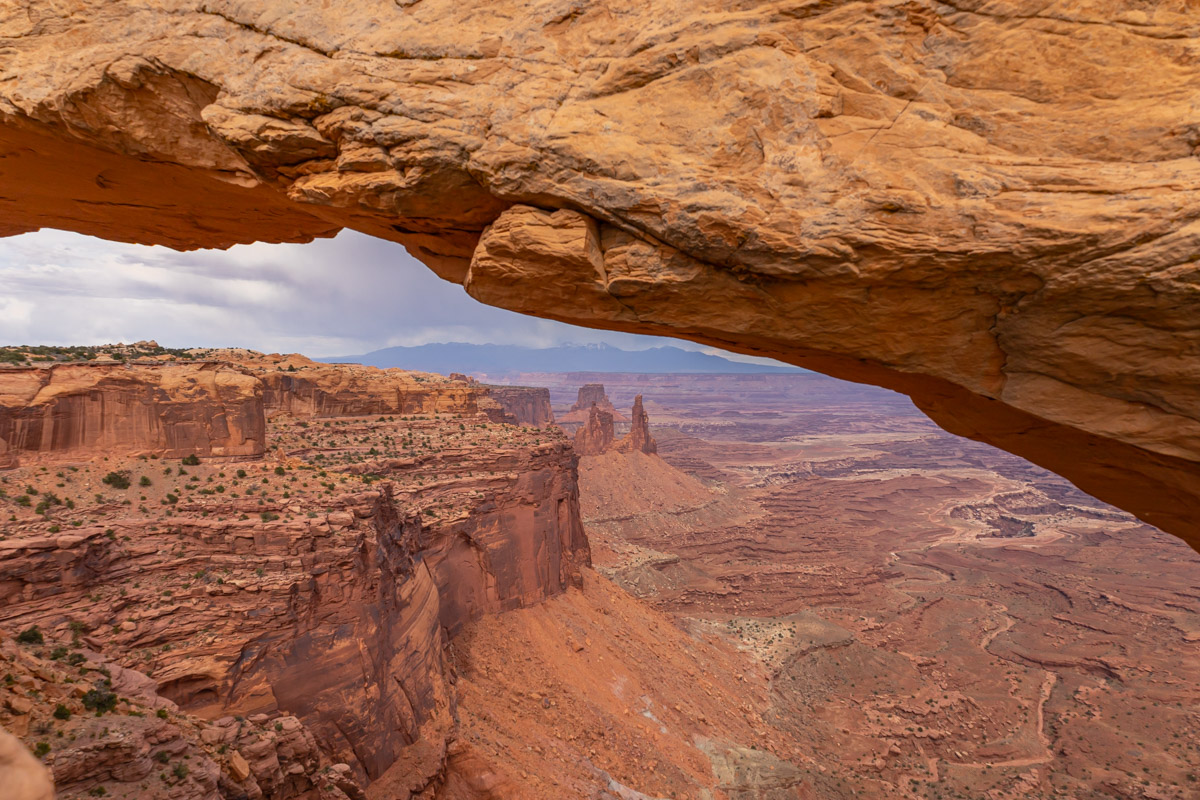
CREATE FLEXIBILITY
One of the 10 expert tips for solo hiking in Utah’s national parks is to allow for flexibility in your itinerary. It is key when planning a solo hiking trip. Although planning is essential, it’s equally important to leave some room for spontaneity and unexpected changes. Here’s how to create flexibility when planning your Utah adventure:
- Flexible Accommodation Bookings: When booking accommodation, look for places that offer free cancellations or flexible check-in times. This way, if you decide to extend your stay in one park or skip a destination, you won’t lose money on reservations.
- Time Buffers: Add extra time to your driving routes and hikes in case you want to stop and explore a new trail or scenic overlook. Utah has plenty of hidden gems that aren’t on most itineraries, and it’s always worth having the flexibility to stop and enjoy them.
- Alternative Routes: If a trail is unexpectedly closed or too crowded, have backup hiking routes in mind. Research alternative trails near your chosen destination in advance. Websites like AllTrails can be a great resource for finding other options nearby.
Even if you have quite a meticulous itinerary, like myself, creating some wiggle room allows you to enjoy your trip without feeling rushed. Lonely Planet has even suggested building in extra time for exploration, as it adds more spontaneity to your adventure.
BE PREPARED FOR THE UNEXPECTED
No matter how well you plan, things can always go awry. Being prepared for the unexpected is a crucial part of solo hiking. Here are some additional ways to be ready:
- Emergency Gear: Carry an emergency bivy sack or thermal blanket in case you get stuck sleeping in your vehicle or your accommodation isn’t what you expected. It’s lightweight and could be a lifesaver if temperatures drop suddenly.
- Bear Spray or Whistle: Although not as common as in other regions, bears and other wildlife can still pose a threat. Carry bear spray or a loud whistle to scare off animals if needed. Throughout my hikes I carried pepper spray with me, which helped me feel a bit safer.
- Extra Food and Water: Even if you’re only planning a short hike, pack extra snacks and water. An injury or unexpected delay could leave you on the trail longer than anticipated.
By preparing for these scenarios, you’ll feel more confident and secure on your solo hiking journey. In my opinion it’s always best to be over-prepared, especially if hiking in remote areas in Utah.
BE PREPARED FOR SOLO DRIVING AND TRAVELING LONG DISTANCES
Solo hiking in Utah often means long drives between parks, so it’s essential to be prepared for these travel distances. In just seven days, I drove over 1,685 miles (2,710 km) which at times was great–lots of opportunities for karaoke. However, long solo drives can be mentally and physically exhausting, especially without someone to share the load. Here are the things that I found to make it easier:
- Plan Rest Stops: Take frequent breaks to stretch your legs and stay alert during long drives. Utah’s scenic byways offer many rest stops with spectacular views, making these breaks even more enjoyable.
- Podcasts or Audiobooks: Load up on podcasts or audiobooks to keep yourself entertained during solo drives. This helps the time pass faster.
- Playlists: Download a couple of epic playlists of your favourite music to sing along to.
- Snack Prep: Have a stash of healthy snacks like granola bars, nuts, and fruits within easy reach to keep your energy levels up while driving.
Utah is such a scenic destination so even though the drives are long, for the majority you’re treated to some incredible views.
PACK PORTABLE ESSENTIALS
Another one of 10 expert tips for solo hiking in Utah’s national parks that ensures a smooth experience is carrying portable essentials. This will definitely made your journey more convenient. Here are some must-have portable items that I found really handy for the seven days I solo hiked Utah:
- Portable Charger: A reliable portable charger ensures your phone, GPS, or other devices stay powered throughout the hike, especially in remote areas without access to electricity.
- Clothesline: A lightweight clothesline is great for drying clothes and gear quickly during multi-day hikes or after unexpected rainfall. I also found it handy to have to wash small pieces of clothing.
- Cutlery Set: A compact cutlery set is one of the most useful essentials to have. During my hike, it was indispensable whenever I had a snack or meal.
- Water Purification System: A portable water filter like the LifeStraw can be a lifesaver in remote areas where water sources may not be clean. This ensures you have access to drinkable water if you run low.
- Portable Stove: A small, portable camping stove is useful for preparing meals on the go and can be a great way to save money and time. As I was hiking shorter trails I didn’t take a portable stove but may especially be helpful on longer hikes.
- Headlamp: If you’re planning to hike early in the morning or late into the evening, a headlamp ensures you have visibility.
INVEST IN A RELIABLE VEHICLE
Utah’s national parks often involve remote, off-road destinations that require a reliable vehicle. A car with high ground clearance and all-wheel drive will make a huge difference when navigating dirt roads, especially in areas like Canyonlands, Capitol Reef and other places on your journey that come in-between.
On one of my trips, I drove to a remote area just outside of Hanksville and quickly realised that a standard vehicle wouldn’t have made it across the uneven terrain. Having a vehicle equipped for these conditions made the journey safer and allowed me to explore areas many travellers miss. If you’re planning to drive off the beaten path and a large amount of miles, investing in the right vehicle is essential.
TAKE TIME TO ENJOY THE MOMENT
Solo hiking isn’t just about reaching a destination; it’s about taking the time to connect with nature and enjoy your surroundings. Don’t be afraid to pause along the trail to take in the views, capture photos, or simply enjoy the outdoors. Hiking Utah’s landscapes solo definitely gave me a different outlook had I experienced it with others.
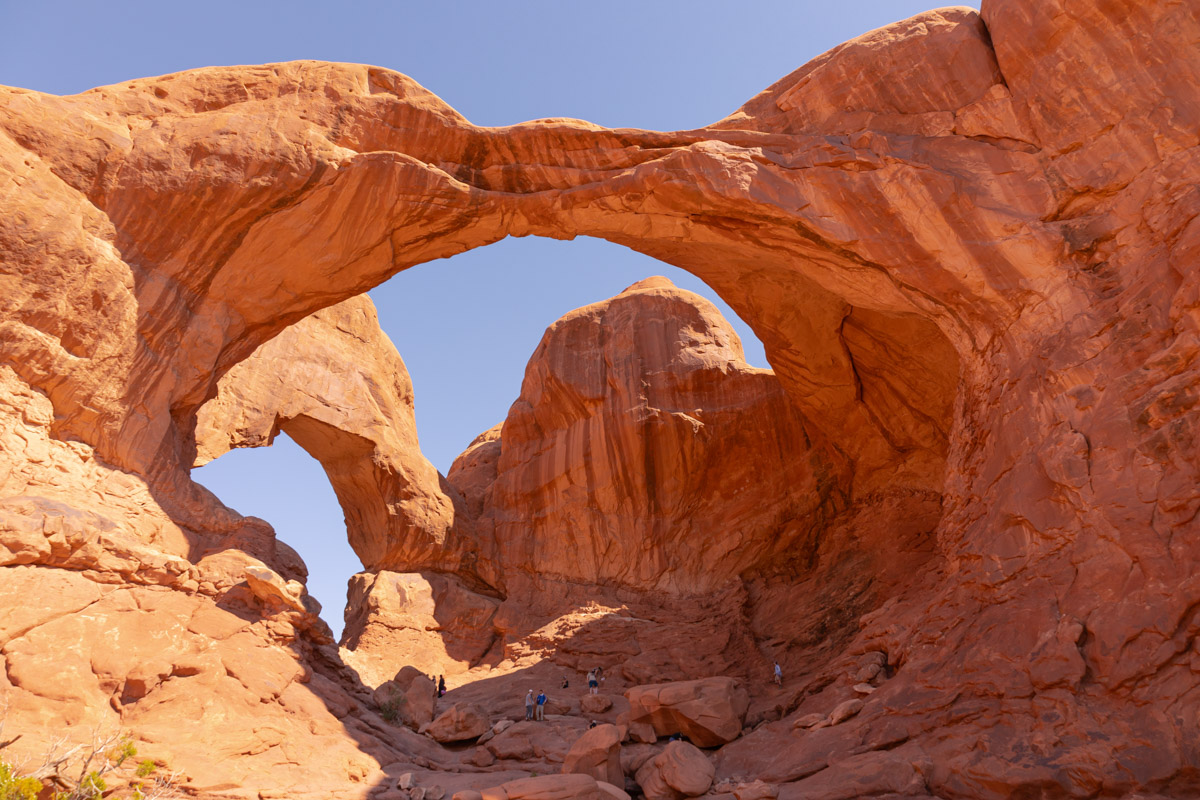
SUMMARY
In this post, we’ve covered 10 expert tips for solo hiking in Utah’s national parks, from packing the right gear and staying connected to being flexible in your itinerary and preparing for unexpected situations.
For more expert advice, check out my other comprehensive travel guides like the Navajo Loop Trail or Hiking Observation Point, which provide insights into some of Utah’s best hiking destinations.

